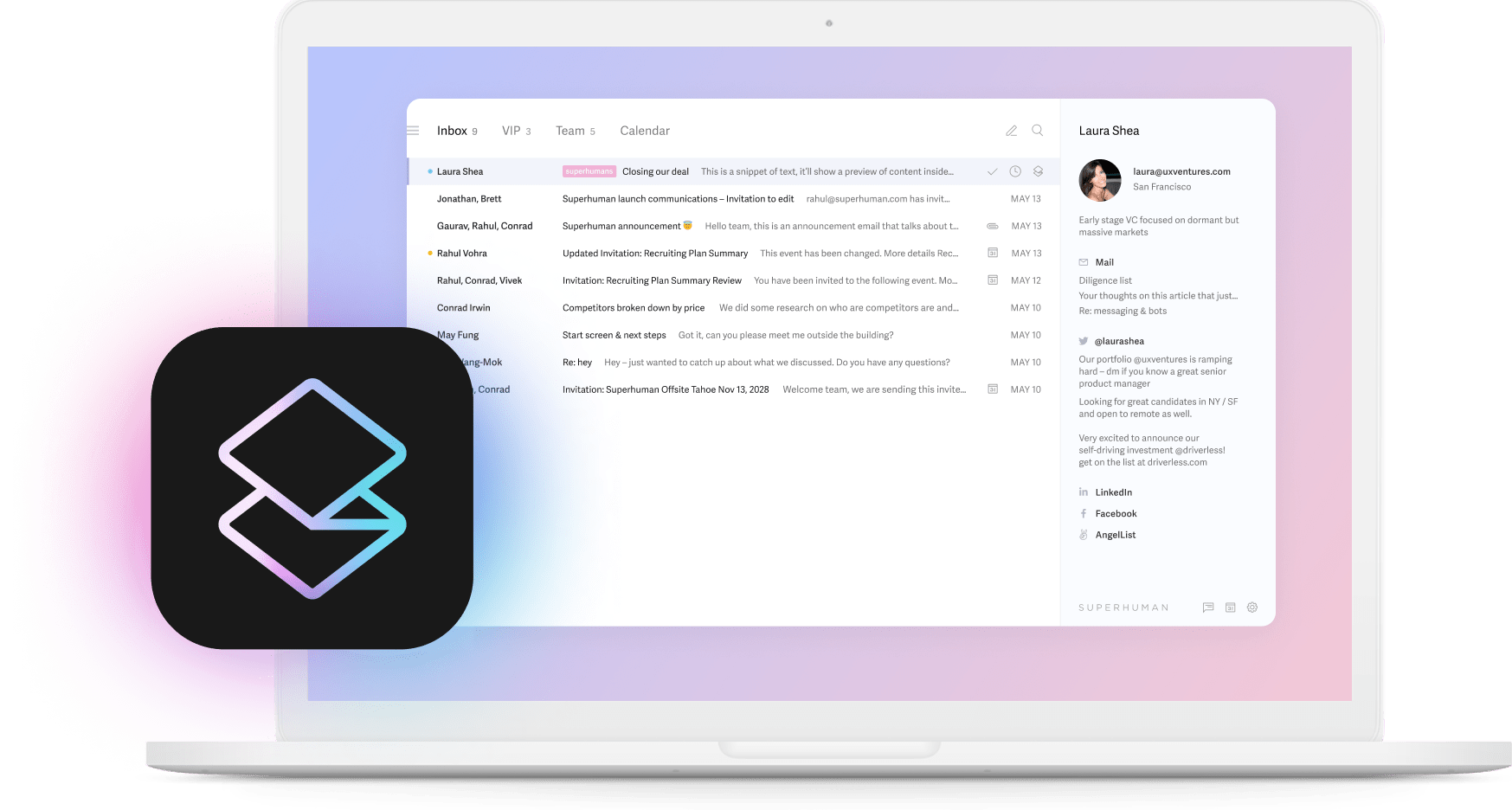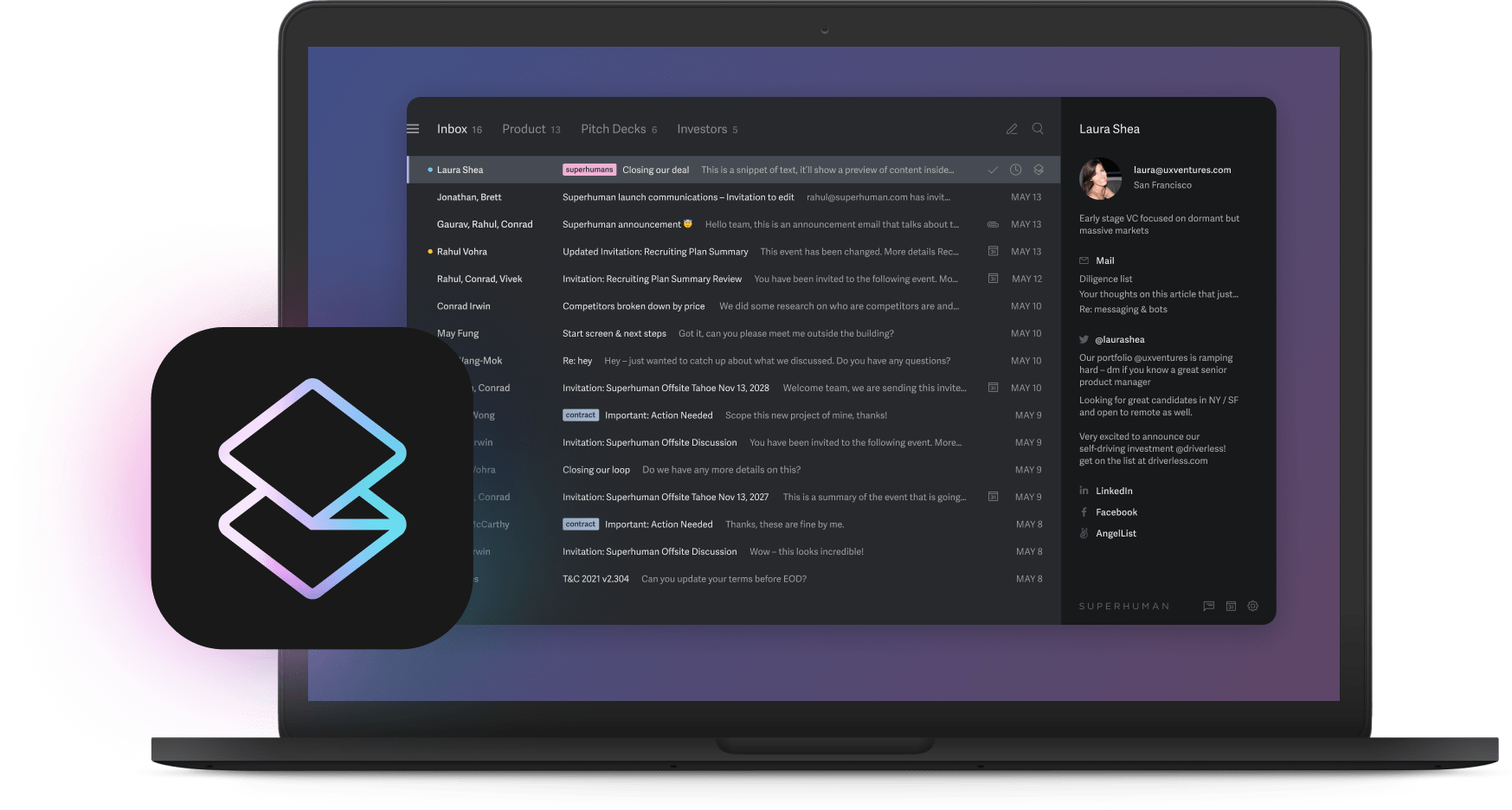
Every tech publication screams that AI will change everything. Meanwhile, the fastest-growing unicorns do something completely different. They pick one or two places to use AI and make those places incredible.
While your competitors burn cash on company-wide AI transformations, these focused players are already eating your market share. Industry-leading companies are 3x more likely to have experienced significant productivity gains from AI because they learned this secret: use less AI in smarter places, not more AI everywhere.
You have 30 days to catch up. Find your single biggest time drain. Test one AI solution there. Ignore everything else. The gap between companies that get this and companies that don't is widening every week. Strategic AI for executives means choosing your battle and winning it, while others lose the war.
The 30-day selective AI playbook
Everyone thinks they need to transform their whole company with AI. The companies crushing it do something much simpler. They pick one or two workflows and make them amazing.
Your 30-day plan starts here. Write down 20 tasks that take more than 15 minutes per person every day. Score each one. Which could save the most money? Which would make customers happiest? Which could speed things up the most? Take the winner and test it with tools you can buy off the shelf. Maybe coding assistants. Maybe something like Superhuman's Instant Reply. Pro tip: use a test email account so you don't mess up your real data. Check your results every week. After 30 days, you'll know if you struck gold.
Why does this work? Because solo founders already use this approach to scale entire businesses with AI agents. Some work brilliantly. Others crash and burn. The difference is always the same: the winners tested small before betting big. They learned that bad AI costs way more than no AI. Most B2B professionals already use AI email features, but only the focused implementations deliver real value.
Find your 10× leverage zones
Where should you use AI? Look for four things coming together. First, you need data nobody else has. Second, the problem should pop up constantly. Third, customers should feel real pain when this problem hits. Fourth, once you solve it, competitors shouldn't be able to copy you easily.
These four factors multiply each other. Great data on a rare problem won't move the needle. A common problem everyone can solve won't give you an edge. You need all four. So ask yourself these questions about each workflow:
• Do we have unique data that would make AI smarter over time? • Does this problem slow us down every single day? • Would fixing this make customers love us immediately? • Could competitors copy our solution in a month?
Draw a simple grid. Impact on one axis, effort on the other. Only pursue ideas in the high-impact, low-effort corner. Top performers save 14% more time per week with AI compared to low performers because they pick these spots carefully. Telecom companies route thousands of documents through automation so lawyers can negotiate deals instead of reading contracts.
With Instant Reply, Superhuman helps teams respond faster while handling more email conversations. These aren't random wins. They're systematic choices based on finding the intersection of those four factors. One great AI implementation beats twenty mediocre ones every time.
Build defensible moats through data and workflow lock-in
Think about every AI project as building a competitive advantage. The strongest unicorns protect their edge through three strategies that create real switching costs.
Start with data only you have. Feed your AI signals nobody else can capture. Superhuman analyzes the messages you've sent to each recipient before. It learns your tone and voice for different people. Competitors can't copy this because they don't have your email history. Your data advantage keeps growing while theirs stays flat. This compounds over time, making your AI smarter while competitors struggle to catch up.
But data alone won't save you. You need to put AI where people already work. Email works perfectly for this. People live in their inbox. B2B professionals spend most of their day on email. When your AI lives there too, switching feels like punishment. Your customers won't retrain their teams on new systems when yours already fits their daily routine. This creates the second layer of defense.
The third layer comes from AI that teaches itself. Set up agents that watch, decide, and improve without your help. These systems bake your best practices into the customer experience. Top-performing companies consistently report that AI significantly increases their productivity because they build these self-improving systems. Each agent learns and improves, creating systems that outpace traditional teams. Here's your checklist: skip the generic models everyone can buy, invest in your unique data, and make the customer experience so good that leaving feels painful. Companies following this formula already leave their peers in the dust.
The selective AI operating model
Forget the 50-person data science team. A tiny group works better. One executive who owns AI strategy. Three to five people who build. Get someone who knows the business problem cold. Add an engineer who can ship fast. Include a designer who keeps things simple. Maybe add an ML specialist if you need one. That's your whole team.
Run two-week sprints. Build something small. Test it with real people. Learn what breaks. Fix it. Repeat. Every month, bring in fresh eyes to attack what you built. They'll find problems your customers would have found later. Fix those problems first.
For technology choices, think in layers. Buy tools for commodity tasks. Partner when you need special expertise. Only build from scratch when your unique data creates a real moat.
Before you sign any contracts, check these boxes:
• Where does our data live and who can see it? • Can we control access properly? • Will this grow with us or will we outgrow it?
Small teams ship faster. Superhuman built Instant Reply with a handful of people in months. Bigger companies would have spent years in committee meetings. Industry-leading companies are 38% more likely to use an email app beyond Gmail and Outlook.
Avoid strategic AI debt through governance and risk management
Speed matters. So does not creating future headaches. Rush your AI rollout and you'll pile up problems that compound like unpaid bills. Models drift. Data gets messy. Quick fixes become permanent problems. Before you know it, you're spending more time fixing AI than using it.
The solution isn't to slow down. You need guardrails that move at the speed of business. Follow five simple rules: document what each model does and why, test for bias before customers see it, keep humans involved in big decisions, know the rules wherever you operate, and plan when you'll retire old models. These aren't bureaucratic checkboxes. They're insurance policies that let you move fast without breaking things.
Build these checks into your rhythm. Monthly drift reports catch problems early. Quarterly ethics reviews keep you honest. Annual stress tests show what could go wrong. Big consulting firms package these checks as services now. Use them or build your own. The point is to make governance automatic, not optional.
Security can't be an afterthought either. Protect against data poisoning. Lock down privacy. Watch for the new attack vectors the U.S. Treasury keeps warning about. Move fast but move safely. Superhuman learns from your messages while keeping them completely private. That balance matters because one security breach can destroy years of progress. Remember, email and core communication tools dominate the workday. Getting AI right in these tools matters most. One bad implementation in a core workflow hurts more than ten failed experiments at the edges.
Tie AI investments to valuation inflection
Want investors to care about your AI? Show them four numbers. Processing cost per transaction. Feature adoption rates. Customer churn. Revenue you can trace to AI. When automation cuts your unit costs by 10x, margins expand and payback periods shrink. Investors eat that up. Most business leaders now believe AI is essential for staying competitive.
But here's what separates winners from wannabes: budget discipline. Think in three buckets. Keep experiments under $100k so you can fail fast and cheap. When something works, allocate 1-3% of operating spend to scale it. This measured approach lets you test multiple ideas without betting the farm. After Series B, create a war chest for the big bets that could change everything.
The magic happens in your monthly reports. Show real numbers, not promises. Demonstrate how AI cuts specific costs or grows measurable revenue. When you can draw a straight line from AI investment to financial impact, that line item transforms from cost center to valuation multiplier. Investors stop asking "why AI?" and start asking "how fast can you scale it?"
Build an agentic roadmap for the next 24 months
You can evolve from helpful tools to self-running systems in two years. Keep your headcount flat while your capabilities explode. Here's the path.
First six months, automate simple tasks. Deploy focused tools like Superhuman's Instant Reply for repetitive workflows. Set aggressive ROI targets. Kill pilots that don't deliver. This phase builds confidence and proves value.
Months 6-18, promote your best automations to full agents. These handle multiple steps without supervision. Your team stops clicking buttons and starts thinking strategically. Agentic AI reduces integration work so your people focus on what matters.
Months 18-24, open your platform. Let internal teams and partners build their own agents. Network effects kick in. Your AI transforms from cost center to competitive weapon.
Review progress quarterly. Retire old code that slows learning. Remember why you're doing this. Scale impact, not headcount. Superhuman customers who use AI features see significantly better results than those who don't because they chose focused AI over scattered experiments.
The path forward
Strategic ai for executives building unicorns comes down to choosing your battles. Companies that win don't chase every AI trend. They pick carefully, build moats with unique data, and embed intelligence where it counts.
The playbook is deceptively simple. Find one workflow where you have unique data, constant usage, customer pain, and competitive advantage. Test AI there first. When it works, double down. When it doesn't, move to the next target. This focused approach explains why industry leaders get 3x better results from AI than everyone else.
Your next 30 days could reshape your company's future. While competitors debate AI strategy in committee meetings, you could be shipping solutions that customers love. Map your workflows. Find your power zones. Test with discipline. Tomorrow's unicorns won't be the ones with the most AI implementations. They'll be the ones who used AI most strategically.
Tools like Superhuman demonstrate what focused AI looks like. Teams fly through their inbox, respond to twice as many emails, and send and receive 72% more emails per hour. That's strategic AI in action. Focused, defensible, and transformative exactly where it matters most. The question isn't whether to use AI. The question is whether you'll use it strategically while there's still time to lead.






